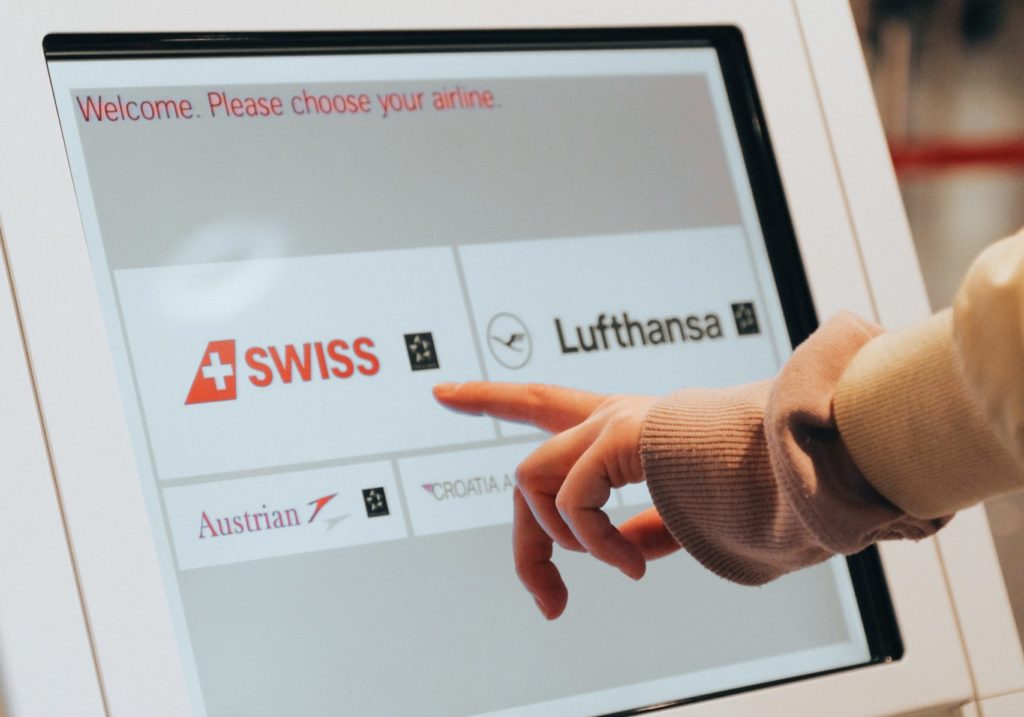Touchless Technology Improved Safety During COVID-19, but is it Accessible?
Share

Jennifer Coutts Clay, who recently published the second edition of “Flying Healthy”, a case study examining how airlines have responded to the COVID-19 pandemic, speaks to APEX Media about the impact of digitalization on accessibility both on the ground and in the air.
An October 2020 study by McKinsey found that “responses to COVID-19 have speeded the adoption of digital technologies by several years.” This is a fact widely accepted throughout the airline industry, which has rapidly introduced digital, touchless processes throughout the air travel journey, from check-in to in-flight duty-free sales and more.
And the touchless trend is set to continue, if a new partnership between Micro-X and Elenium Automation is anything to go by. The latter has been tasked with developing and testing a self-screening security portal using Micro-X’s miniature X-ray baggage scanner. It is likely to involve passengers entering a voice-controlled booth that works in a similar way to an automated passport control gate or checkout at the grocery store.
But are all these innovations being designed with accessibility in mind? It’s something that industry veteran and Jetliner Cabins: Evolution and Innovation author Jennifer Coutts Clay wants airlines and suppliers to consider.
“We know it’s technically possible, but do these new kiosks offer information in a range of languages? And can they accept information in a range of languages too? Passengers that might be okay when it comes to speaking English in the US, for example, might not be accustomed to reading it or to typing it, whether directly into the kiosk or on their personal electronic devices,” she explained.
“If passengers have a visual or cognitive impairment, for instance, or maybe their arm is in a plaster cast, is this technology accessible to them? For somebody in a wheelchair, is the kiosk at the right level?” Coutts Clay continued. “Finally, it’s great for people who are tech savvy and know their way around a smartphone, but we also need to think about senior citizens who might not be accustomed to these digital processes at all.”
While Coutts Clay recognizes the technology presents “a wonderful opportunity for airlines and airports to improve air travel for everyone moving forward,” she is still an advocate of the human touch: “Customer service agents will always need to be available to make sure there’s support there if people need it.”
These issues are potentially easier to manage proactively within the aircraft cabin, where information about each passenger and any additional needs they may have are available to crew via the flight manifest electronically using tablets or smartphones. “IATA has 15 designated categories of Special Service Requirements (SSRs) that provide insights into what type of assistance passengers might need. When a paper manifest was used, more often than not there were important details missed. But, with handheld electronic devices, flight attendants can access all this information in detail.”
In fact, digital innovation in the aircraft cabin is something that Coutts Clay is very excited about. “The current solutions aren’t truly touchless because passengers are still required to press the screens on their personal electronic devices all the time, but something I think we’ll see much more of in the coming year is gesture-based controls,” she explained.


